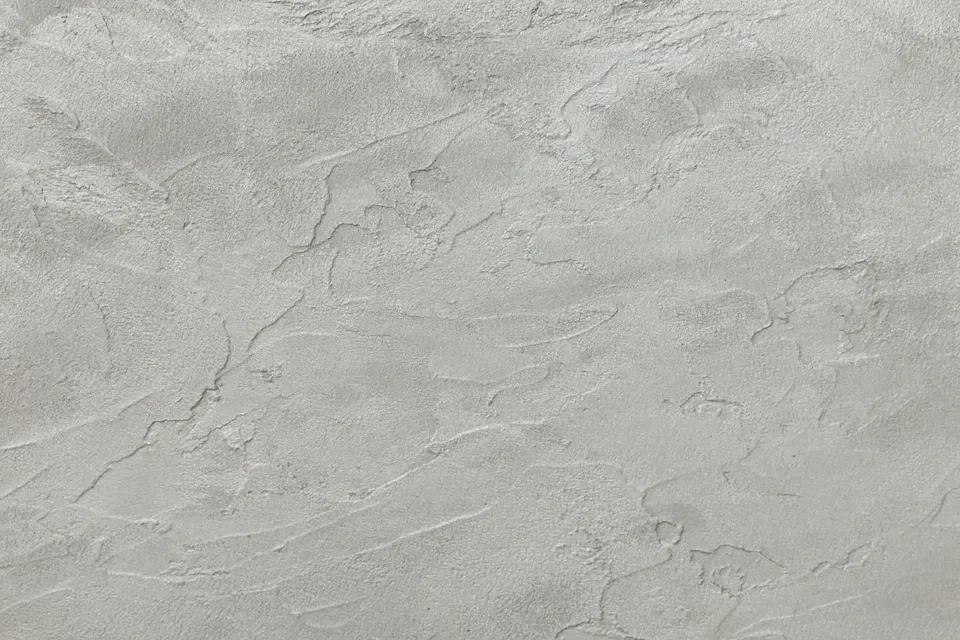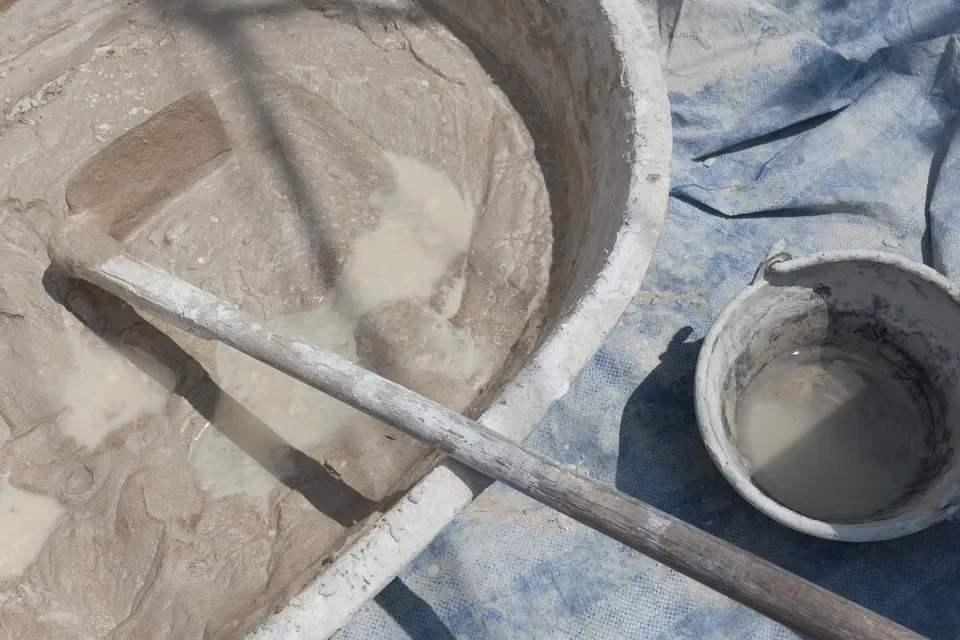What Is a Skip Trowel Texture?
Skip trowel texture is a unique textural look that is commonly used on exterior stucco siding and interior stucco walls, although it can be applied to drywall and plaster in addition to stucco. This texture is created by skipping a trowel across a wall using drywall compound, hence the name skip trowel, leaving some parts filled and some parts bare. Skip trowel texture is naturally imprecise and can be customized to your liking. It is applied by hand and can be applied in a heavy, medium, or light consistency depending on the amount of textural intrigue you are hoping to add to your stucco. Skip trowel texture can be a happy medium in between the standard smooth texture of drywall and the extremely textured look of popcorn or orange peel-textured walls or ceilings. A skip trowel is a great way to hide any imperfections in the wall or siding of your home and can be used to create unique visual effects for your home.
How to Apply Skip Trowel Texture
Applying skip trowel texture to your walls is a relatively simple DIY, but you will need a few materials, including a mud pan and drywall knife. You should also use a drop cloth to cover the floors of your room to avoid anything being covered in drywall compound. To begin, fill a bucket with joint drywall compound, water, and sand. You can start by filling about half of your bucket with compound, then adding three cups of sand and three cups of water. Continue mixing and adding ingredients until your mixture resembles pancake batter. Using your mud pan, dip it into the mixture and begin scraping your mud pan on your wall at a 20-degree angle, skipping in short motions. Use a clean, wet trowel to run along any areas you may have missed. The benefit of a skip trowel is the unique textural look that does not have to be perfect, so apply and adjust to your liking. Allow the surface to dry for 24 hours, and then you can prime and paint your newly textured surface.
Skip Trowel Texture Tips and Tricks
Although it seems simple enough, applying the skip trowel texture to your walls can become a tricky project. A tip to consider before application is to remember to twist, slide, skip, and pull. It can be difficult to figure out the exact application method, but remember these four words. To begin, you will pull the trowel towards your body at a 20-degree angle and gently twist the handle back and forth. Drag the knife along the wall and slide it back and forth in a random pattern. When dragging, be sure to take short skips as you pull the knife towards your body.
How to Remove Skip Trowel Texture
If you’ve applied your skip trowel texture recently or have had it on your walls for many years and you decide you no longer enjoy the look of it, it is possible to remove it. A labor intensive process that will make a large mess would be to sand it down: this will be effective but will leave you with a big cleanup. You can also wet down the textured walls with a spray bottle and let the water sit and soften the texture. Then, using a drywall knife, you can gently scrape the textural addition off the wall.
Is Skip Trowel Texture the Same as Knockdown?
Skip trowel and knockdown textures look similar, but skip trowel is made by applying drywall mud to the wall, then skipping over areas to achieve the desired textural look. Knockdown is made by spraying joint compound onto the wall, then using a knife to scrape along the compound and create a textural look. Knockdown is more consistent and even, while skip trowel is more abstract and can look different depending on the application.





